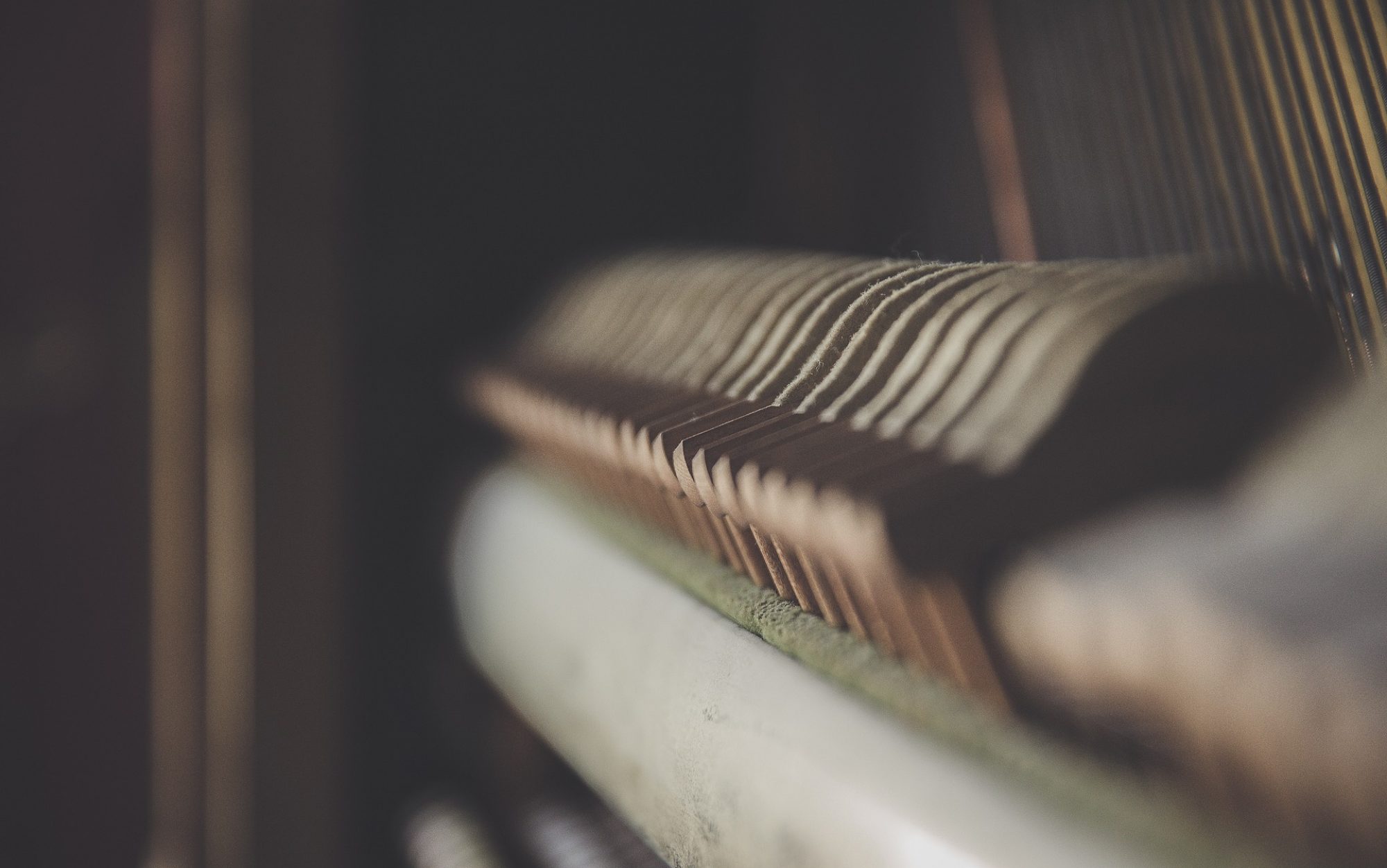Every prelude and fugue has a different type of difficulty (almost making each one its own etude), but certain moments just stick out for their tedium. Even though I’m not very far into Book 2 (page 20 of ~140), measures 24-25 of the C# minor fugue are trouble!

- Hand switching for the alto line (the penciled-in swoops representing when the left hand should take the notes written in the treble line)
- Conceiving of a fingering that doesn’t require the hands to be crisscrossed or on top of one another. A good rule is thinking of the thumbs as barriers, even if they’re not being played––within a set hand position (which here change every measure) the lefthand thumb should not rise above the righthand thumb, vice versa.
- Nontraditional fingerings for scalar passages that require the hand to be “scrunched.” Example: beat 4 of measure 24, above. The right hand plays the F# with the pointer finger, followed by an E with pinkie finger.
- Henle’s recommended fingerings: This could be content for a separate post. In general, the editor’s fingerings do help out, but they forgo “better” fingerings for a strict adherence to pedagogical rules, namely don’t place the thumb on a black key. In almost all repertoire, I disregard this rule about 75% of the time because fingering decisions can become quite easy with that allowance. The other 25% of the time, there is, in fact, a good reason for the avoidance of thumb on a black key. In the case of the Henle Edition of the WTC, they’ve decided to be consistent (sometimes to a fault) on a fingering system, which may be best for younger students who may need the structure that fingering rules provide. In general, though, I feel their printed fingerings can crowd the page in those moments and force the pianist to change hand positions when it’s not necessary.
